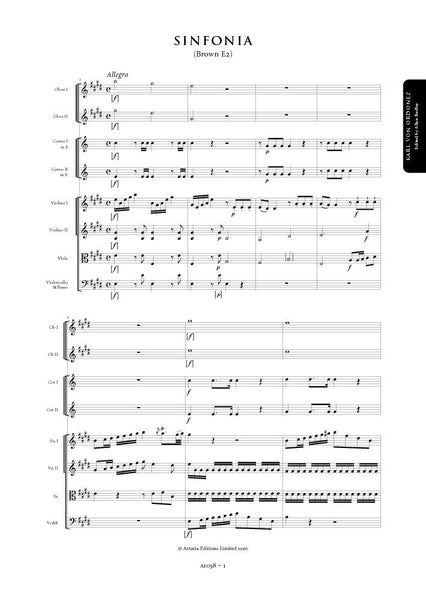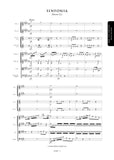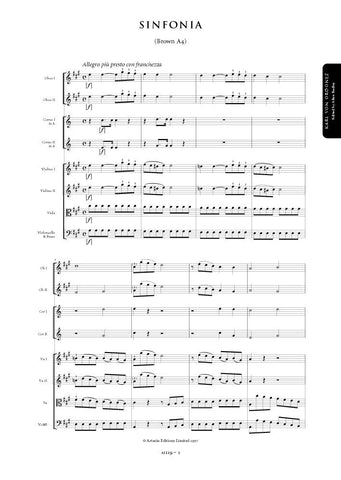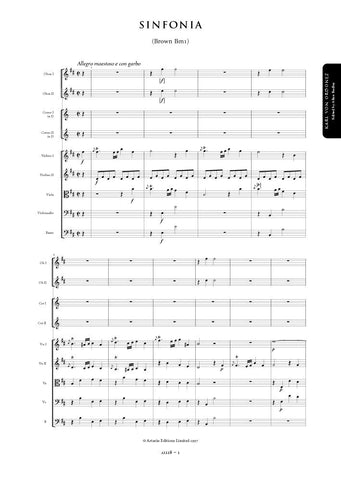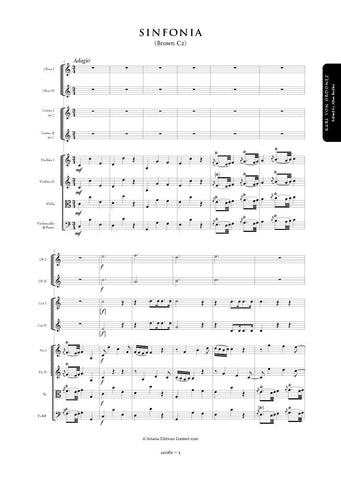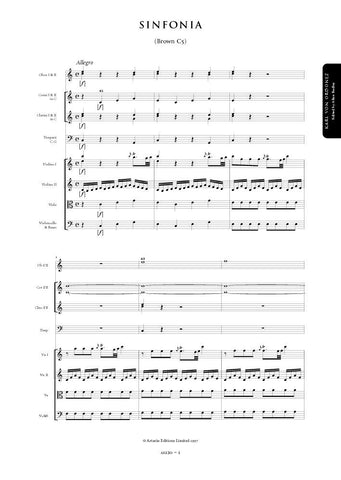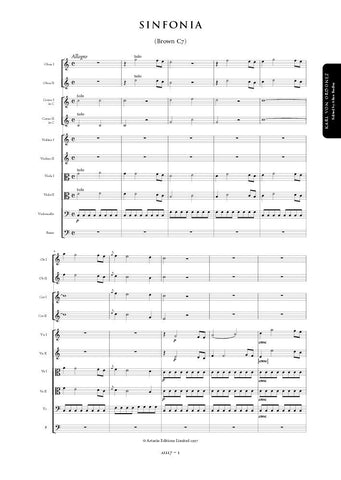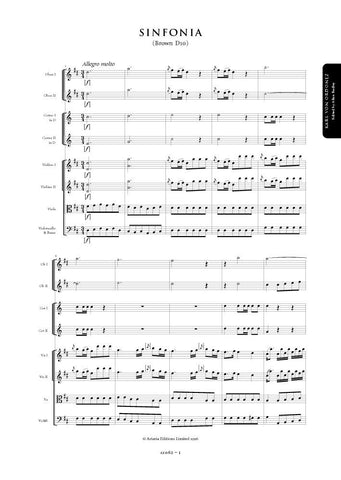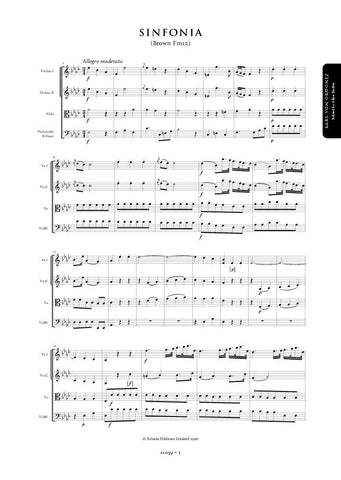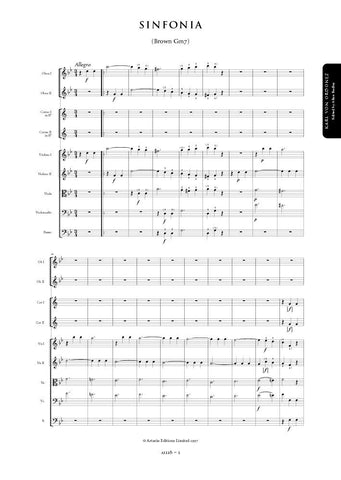Ordonez, Karl von: Symphony in E major (Brown E2) (AE058) – sheet music
Previous Product Next Product
Description |
Ordonez, Karl von (1734-1786)
|
||||||||||||||||||
Details |
For a part-time composer Ordonez was a surprisingly prolific. In addition to his two operatic works a marionette opera, Musica della Parodie d'Alceste and a Singspiel, Diesmal hat der Mann den Willen - Ordonez is known to have composed a significant amount of church music (now lost), secular cantata, 73 symphonies, a violin concerto and a large corpus of chamber music of which the 27 authenticated string quartets are of particular importance. Ordonez's sophisticated experiments with cyclic unity and his liking for contrapuntal textures gives much of his music a very distinctive and original quality. His symphonies were widely disseminated in manuscript copies and Abb Stadler noted that they "received great applause". The present work is one of four symphonies Ordonez wrote in the unusual key of E major. As is the case with many of his works, it is impossible to establish a composition date. The autograph is missing; there are no corroborative entries in contemporary thematic catalogues; and only one copy of the work survives - a set of manuscript parts, signed "Schmutzer", now in the possession of the Biblioteca Estense,Modena. The wrapper reads "Sinfonia In E dur / a / Violini 2 / Oboe 2 / Corni 2 / Viola / e / Basso / Del Sigl Carlo d'Ordonez". This edition seeks to present as faithfully as possible the intentions of the composer as transmitted in the one extant source. The only significant departure from the text is the introduction of a second time repeat in the opening movement of the symphony. The style and notation of articulation and dynamic markings have been standardised throughout, and, where missing, reconstructed from parallel passages. These are indicated by the use of dotted slurs or brackets where appropriate. Like most eighteenth-century sources, the Biblioteca Estense manuscript is inconsistent in its notation of appoggiature; these too have been standardised to minimise confusion. Obvious wrong notes have been corrected without comment; editorial emendations with no authority from the source are placed within brackets. Allan Badley |
||||||||||||||||||
Score Preview (best viewed in full screen mode) |
|||||||||||||||||||




